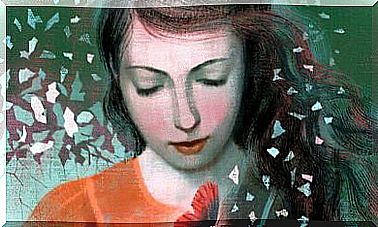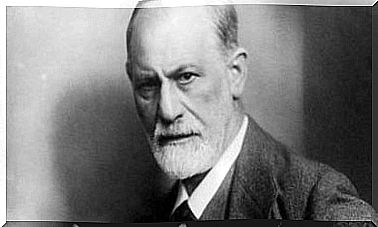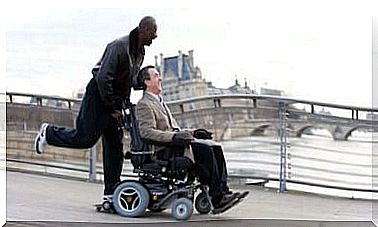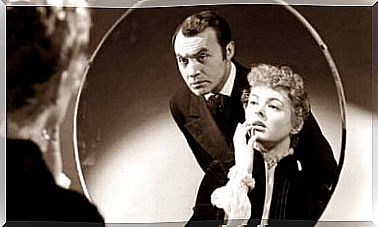What Is Social Cognition?
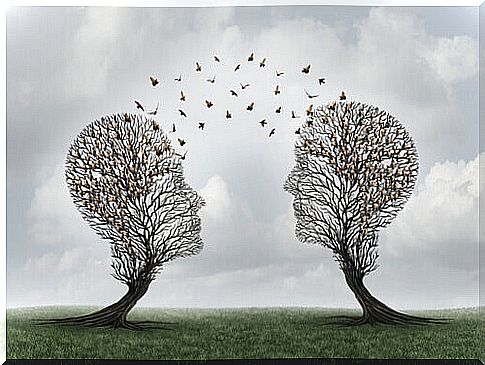
What is social cognition? It is nothing more than the study of how we process information (Adolphs, 1999). In this process, we include the way we code, store and retrieve information from social situations.
Currently, social cognition is the dominant model and approach in social psychology. It therefore opposes pure behaviorism, which rejected the intervention of mental processes when explaining behavior (Skinner, 1974).
Social cognition refers to the way we think about other people. Thus, it would be a very powerful tool for understanding social relationships. Through social cognition, we understand the emotions, thoughts, intentions and social behaviors of others. In our social interactions, knowing what other people are thinking and feeling can be of enormous benefit to us doing better in this context.

How does social cognition work?
As humans, we don’t come close to situations as natural observers – even though very often we try to pretend it does – but we bring our own desires and expectations. These attitudes will influence what we see and what we remember.
In this way, our senses receive information which is interpreted and analyzed. After that, these interpretations are contrasted with the information we keep in mind.
However, this simple description is not real. There are other factors, such as emotions, which also condition the process. Keep in mind that thoughts influence emotions, but emotions also influence thoughts (Damasio, 1994). For example, when we are in a good mood, the world is (or seems to be) a happier place. When we feel good we tend to perceive the present with more optimism and we also look more positively at the past and the future.
How does social cognition develop?
Social cognition develops slowly (Fiske and Taylor, 1991). It follows a process of trial and error based on observation. Direct experiences and exploration guide learning. However, social knowledge is very subjective. The interpretations we can make of a social event can be very different or wrong.
Moreover, even if we benefit from mental structures that facilitate the processing and organization of information, these very useful structures can also betray us. The worst part being that when they do …
These structures or patterns influence attention, codification, and information retrieval and can bring forth self-fulfilling prophecy. It is a prediction which, once realized, is the cause of its own transition to reality (Merton, 1948).
In addition, social knowledge is, in part, independent of other types of knowledge. There is no reason why people who benefit from superior intellectual problem-solving skills should have superior social problem-solving skills at the same time. Problem-solving skills can be learned or taught, separately from intellectual skills. This is why improving intelligence, such as emotional intelligence or cultural intelligence, is so important.

Position yourself according to the point of view of others
One of the most useful models on social cognition is that of Robert Selman. Selman formulated a theory about the ability to view oneself from the social point of view of others.
For this author, assuming the social perspective of others is the ability that empowers us to understand ourselves and others as subjects, thus allowing us to respond from the perspective of others. Selman (1977) suggests five stages of development for this social perspective:
- Stage 0: undifferentiated egocentric stage (from 3 to 6 years old). Until about 6 years old, children cannot clearly distinguish between their own interpretation of a social situation and the point of view of the other. They also cannot understand that their own conception may not be correct.
- Stage 1: stage of taking a differential or subjective perspective, or informative-social stage (from 6 to 8 years old). Children at this age develop the knowledge that other people may have a different perspective. However, children have little understanding of the reasons behind the views of others.
- Stage 2: adoption of a self-reflective perspective and reciprocal perspective (8 to 10 years). Pre-teens at this stage take on the perspective of another individual. Pre-teens are already able to differentiate about the views of others. They can also reflect on the motivations underlying their own behavior from the perspective of the other person.
- Stage 3: stage of mutual perspective or of a third person (10 to 12 years old). Children can see their own perspectives, those of their companions, as well as those of a neutral third person. As third-person observers, they can contemplate themselves as objects.
- Step 4: step of taking a deep individual perspective and in the social system (adolescence and adulthood). There are two characteristics that distinguish the conceptions of adolescents from other people. First, they realize that motives, actions, thoughts and feelings are created by psychological factors. Second, they begin to understand that a personality is a system of traits, beliefs, values and attitudes with its own evolutionary history.
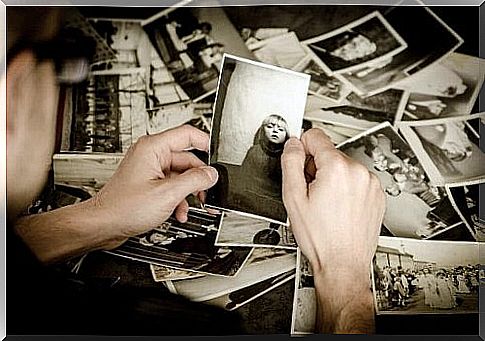
Two ways of looking at social cognition
There are several ways of understanding social cognition in the field of psychology . One of the most important emphasizes the social dimension of knowledge. Knowledge, according to this point of view, would have a socio-cultural origin because it is shared by social groups.
The main person responsible for this idea is Moscovici (1988) who spoke of “ social representations”. These are ideas, thoughts, images and knowledge that members of a community share. Social representations have a dual function: knowing reality in order to plan action and facilitate communication.
Another point of view with great impact is a point of view from the United States (Lewin, 1977). This way of understanding social cognition centers on the individual and his psychological processes. According to this vision, the individual builds his own cognitive structures from interactions with his physical and social environment.
As we have seen, social cognition represents the way in which we process the large amount of social information that we receive on a daily basis. The stimuli and data we collect through the senses are analyzed and integrated into mental patterns, which then guide our thoughts and behaviors on later occasions.
These patterns, once formed, will be very difficult to change. This is why, according to the sentence attributed to Albert Einstein, it is easier to disintegrate an atom than a prejudice. Our first impressions are going to be crucial, unless we engage in critical thinking that helps us develop more effective and reality-adjusted social cognition.
Bibliography
Adolphs, R (1999). Social cognition and the human brain. Trends in Cognitive Sciences 3: 469-79.
Damasio, AR (1994). Descarte’s error: Emotion, reason and the human brain. New York: Picador.
Fiske, ST y Taylor SE (1991). Social Cognition. McGraw-Hill, Inc.
Lewin, K. (1997). Resolving social conflicts: Field theory in social science. Washington, DC: American Psychological Association.
Merton, RK (1948). The self fulfilling prophecy. Antioch Review, 8, 195-206.
Moscovici, S. (1988). Notes towards a description of social representations. Journal of European Social Psychology, 18, 211–250.
Selman, RL, Jaquette, D. y Lavin, DR (1977). Interpersonal awareness in children: Toward an integration of developmental and clinical child psychology. American Journal of Orthopsychiatry, 47, 264–274.




